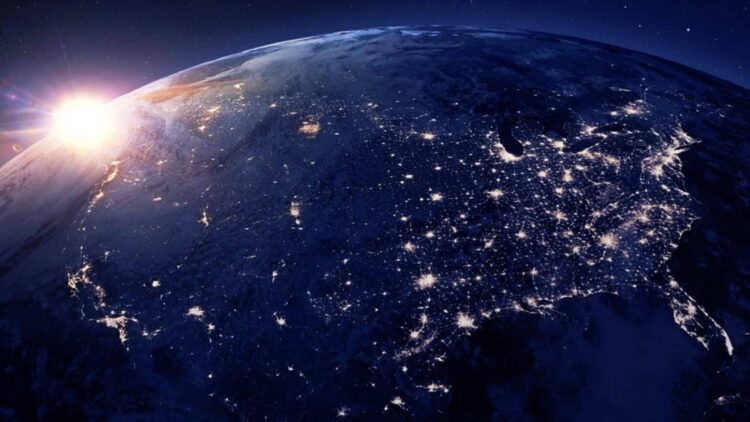U.S. clean hydrogen manufacturers fear they will not benefit from the U.S. Treasury Department’s proposed 45V hydrogen production tax credit rules, set to go into effect this month, as incompatible with their current plans. Seven clean hydrogen production centers located in the United States believe that the 45V tax credit guidelines (introduced in 2023) do not fit with their respective plans for safer hydrogen production.
Some facilities are upset that the guidelines do not take into account the use of natural gas and nuclear power for clean hydrogen production. Energy policies are now looking closely at the current energy issues and how an energy transition and energy policy can be implemented. New energy legislation must also be environmentally friendly and address banned energies and energy regulation.
Could America ban hydrogen? Not really, but there are some disturbing plans
The US identified hydrogen as important to reducing carbon emissions in several manufacturing processes. Nevertheless, this resource (hydrogen) would only be effective if it’s environmentally friendly itself. In addition, the introduction of the proposed 45V Hydrogen Production Tax Credit, which outlines what’s considered clean hydrogen and tax incentives to companies creating the commodity.
Implementation of the proposed rules implies that hubs would have to comply with what has been dubbed the “three pillars” of clean hydrogen production. These are incrementality, time-matching, and regionality. Dow here a explanation of each one:
- The incrementality rule implies that electrolytic hydrogen production must happen at a plant that commenced operations within three years before the `clean’ production processes. Therefore, clean existing energy cannot be directed again from old nuclear plants, for example.
- Time-matching, also named as temporal matching, entails hydrogen being manufactured within the same hour that clean electricity producing the commodity (clean hydrogen) is generated. The rationale under the rule, coming into effect in 2028, is to avoid subsidizing clean hydrogen production if clean electricity is not produced at the same time.
- Regionality entails that electrolytic hydrogen creation must takes places within the same geographic borders where the clean electricity is elaborated. This rule is motivated at minimizing congestion of the energy grid and avoiding any hindrance to clean electricity reaching the hydrogen hub.
The ARCH2, another opportunity for hydrogen generation: Could we face a real issue?
The Appalachian Regional Clean Hydrogen Hub (ARCH2) is the main representation of the largest natural gas region in the US with a low carbon footprint.
“It is relevant to motivate the build-out to prepare ourselves for the hydrogen future and not limit our ability based upon preferred fuel choices that may not apply to achieving liftoff in select regions of the country,” a spokesperson was reported to have said.
The Pacific Northwest Hydrogen Association (PNWH2) explains that its hub had been generating over 60 percent of the region’s electricity using hydropower. This was undertaken before the proposed 45 V tax guidelines.
“Incrementality and time-matching requirements do not recognize the existing abundance of clean power generation and will require an ‘overbuild’ of renewable energy infrastructure, “said PNWH2’s Board.
According to PNWH2, meeting incrementality and time-matching requirements would mean a further 45-300 percent in production costs for the hub.The mid-Atlantic Clean Hydrogen Hub (MACH2) stated that should the Treasury’s tax credit guidelines be executed, its production costs would escalate by 60% due to hourly time-matching.
Natural gas, hydrogen… which is the other energy Pay attention to this proposed measure
The latest energy proposed to be prohibid, as you might have in mind, is nuclear. Few are talking at this point about its definitive prohibition, but it is on what we could call the “black list” (off the agenda for politicians, of course). Nevertheless, there is n issue that could hinder its eradication, and that is the innovation that is being shown in this sector. From the latest generation reactors (yes, also with artificial suns) to fission generators, all are ways to survive. All this, not to mention Bill Gates’ Natrium plans.

